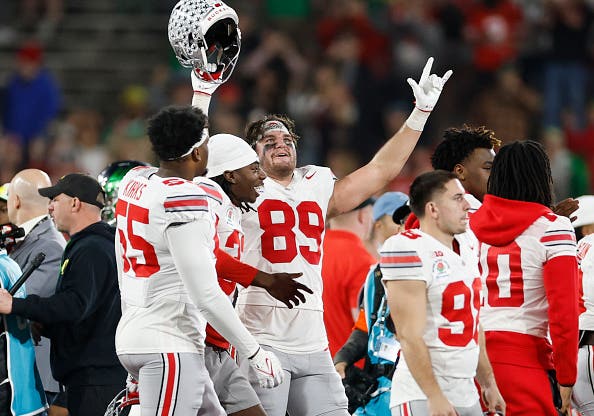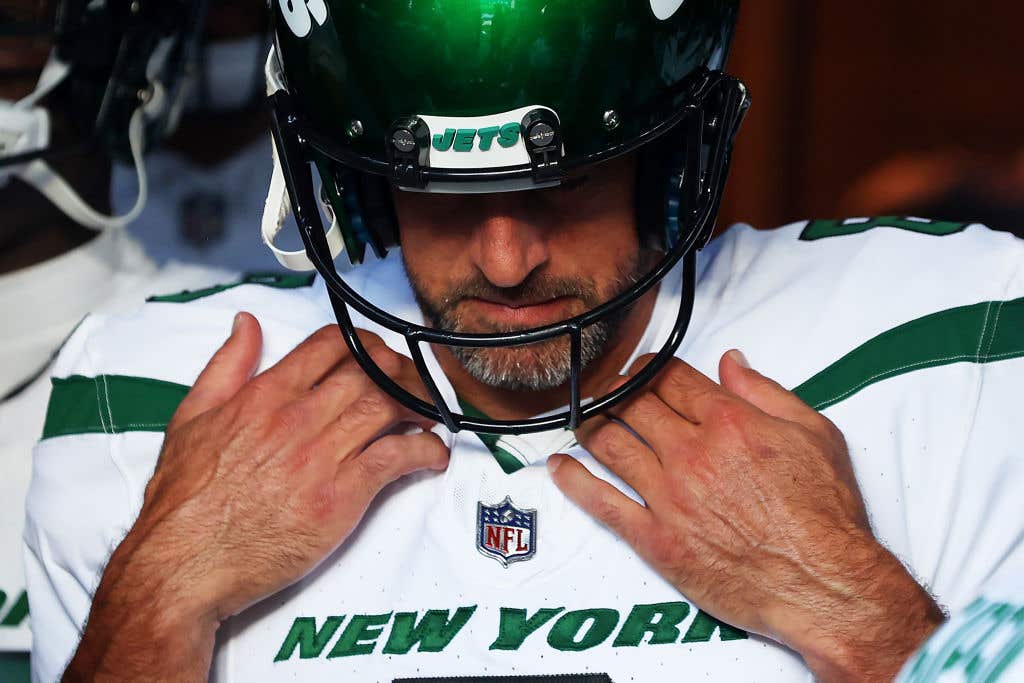
NEW YORK, NY – NOVEMBER 27: Sesame Street float during the 88th Annual Macy’s Thanksgiving Day Parade on November 27, 2014 in New York City. (Photo by Theo Wargo/Getty Images)
Theo Wargo/Getty ImagesIn 2017, PBS revealed their newest character for the famed show Sesame Street, and she happened to be a 4-year old girl named Julia.
What was unique about Julia? She has Autism.
Using some of the typical indicators of a child with Autism, the show illustrates some of the things that may happen when interacting with a child that has Autism. For example, Julia does not react to things the same way around her. But that doesn't stop the rest of the friends on Sesame Street from trying to befriend her.
She became a staple in the current cast that runs today and breaks the stigma of having children learn about different disabilities and learning curves that people are born with. The character creates that normalcy within the classroom and makes children more familiar with Autism in this way.
E! shared that it was a long discussion on how to bring the character to life, and quotes Christine Ferrar's interview with 60 Minutes, stating: "It's tricky because autism is not one thing, because it is different for every single person who has autism. There is an expression that goes, 'If you've met one person with autism, you've met one person with autism.'"
Stacey Gordon was cast as Julia's puppeteer, and her son has Autism, so she knows what some of the indicators and triggers are. E! quotes, saying "It's important for kids without autism to see what autism can look like. Had my son's friends been exposed to his behaviors through something that they had seen on TV before they experienced them in the classroom, they might not have been frightened. They might not have been worried when he cried. They would have known that he plays in a different way and that that's OK."
In an interview with Slate, Autistic Self Advocacy's executive director Julia Bascom (the name is totally a coincidence), the interviewer makes note that Julia's character takes on more of the neurotypical perspective, with examples from the first episode where Big Bird meets Julia for the first time, and she doesn't respond to him, as well as her reactions to certain things like happiness, fear, and loud noises. Bascom says it's good that Sesame Street made sure to give the story a spectrum, and not portraying the character in the way that would look like "autism on a stick."
Bascom also made note of gender:
"We can list misconceptions about autism all day long and some of them will be addressed and some of them won’t. I do think it’s significant that Julia is a girl. There’s a pretty popular belief that girls are less likely to be autistic than boys, and there’s not actually a lot of evidence for that. But there is a lot of evidence that girls, because of bias, get diagnosed later and less often, so it was really great to see a girl autistic character."
The communication is also very important to the show. Considering that the misconception is that autistic children do not really communicate at all, they made sure to show that it's not that Julia is not communicating - it's that she communicates differently than what people expect. So having the explanation that sometimes Big Bird had to repeat himself to Julia and that sometimes she uses her hands to communicate her excitement, that helps break down walls and misconceptions.
Julia has since appeared in multiple episodes in 2017, and we hope to see more of her in the future.
Amy Cooper is a journalist, hyper-focused on Pop Culture, Tech, and Music.





